Long-Term Impact of Ground Deformation on Vegetation in an Underground Mining Area: Its Mechanism and Suggestions for Revegetation
Abstract
1. Introduction
2. Materials and Methods
2.1. Theoretical Analysis of the Long-Term Impacts of Ground Deformation on the Vegetation
2.2. Vegetation-Soil-Climate Model
2.3. Study Area and Date Resouces
3. Results
3.1. Long-Term Impacts of the Ground Deformation on Vegetation via the VSC Model
3.2. Accuracy of the VSC Model
4. Discussion
4.1. Characteristics of the Long-Term Impacts of Ground Deformation on Vegetation
4.2. Suggestions for Implementing Revegetation in the Underground Mining Areas
4.3. Suggestions for the Supervision of Revegetation in the Underground Mining Areas
5. Conclusions
Author Contributions
Funding
Data Availability Statement
Conflicts of Interest
References
- Zhengfu, B.I.A.N.; Inyang, H.I.; Daniels, J.L.; Frank, O.T.T.O.; Struthers, S. Environmental issues from coal mining and their solutions. Min. Sci. Technol. 2010, 20, 215–223. [Google Scholar]
- Zhao, H.; Ma, F.; Zhang, Y.; Guo, J. Monitoring and mechanisms of ground deformation and ground fissures induced by cut-and-fill mining in the Jinchuan Mine 2, China. Environ. Earth Sci. 2013, 68, 1903–1911. [Google Scholar] [CrossRef]
- Yang, X.L.; Wen, G.C.; Dai, L.C.; Sun, H.T.; Li, X.L. Ground Subsidence and Surface Cracks Evolution from Shallow-Buried Close-Distance Multi-seam Mining: A Case Study in Bulianta Coal Mine. Rock Mech. Rock Eng. 2019, 52, 2835–2852. [Google Scholar] [CrossRef]
- Khanal, M.; Hodgkinson, J.H. Subsidence prediction versus observation in Australia: A short comment. Environ. Impact Assess. Rev. 2021, 86, 106479. [Google Scholar] [CrossRef]
- Liu, H.; Deng, K.; Lei, S.; Bian, Z. Mechanism of formation of sliding ground fissure in loess hilly areas caused by underground mining. Int. J. Coal Sci. Technol. 2015, 25, 553–558. [Google Scholar] [CrossRef]
- Mi, J.; Liu, R.; Zhang, S.; Hou, H.; Yang, Y.; Chen, F.; Zhang, L. Vegetation patterns on a landslide after five years of natural restoration in the Loess Plateau mining area in China. Ecol. Eng. 2019, 136, 46–54. [Google Scholar] [CrossRef]
- Lei, S.; Ren, L.; Bian, Z. Time–space characterization of vegetation in a semiarid mining area using empirical orthogonal function decomposition of MODIS NDVI time series. Environ. Earth Sci. 2016, 75, 516. [Google Scholar] [CrossRef]
- Wang, B.; Liu, J.; Wang, C.; Zhang, X. Effects of drawing damage on root growth and soil reinforcement of Hippophae rhamnoides in a coal mining subsidence area. Int. J. Phytoremediation 2022, 24, 409–419. [Google Scholar] [CrossRef] [PubMed]
- Wang, Y.; Bian, Z.; Lei, S.; Zhang, Y. Investigating spatial and temporal variations of soil moisture content in an arid mining area using an improved thermal inertia model. J. Arid Land 2017, 9, 712–726. [Google Scholar] [CrossRef]
- Chen, G.; Guo, J.; Song, Z.; Feng, H.; Chen, S.; Li, M. Soil water transport and plant water use patterns in subsidence fracture zone due to coal mining using isotopic labeling. Environ. Earth Sci. 2022, 81, 310. [Google Scholar] [CrossRef]
- Bi, Y.L.; Zhang, J.; Song, Z.H.; Wang, Z.G.; Qiu, L.; Hu, J.J.; Gong, Y.L. Arbuscular mycorrhizal fungi alleviate root damage stress induced by simulated coal mining subsidence ground fissures. Sci. Total Environ. 2019, 652, 398–405. [Google Scholar] [CrossRef] [PubMed]
- Fan, G.; Zhang, S.; Chen, M.; Zhang, D.; Ren, S. Impacts of Underground Coal Mining on the Roots of Xeromorphic Plant: A Case Study. Environ. Eng. Sci. 2020, 38, 500–512. [Google Scholar] [CrossRef]
- Pandey, B.; Agrawal, M.; Singh, S. Coal mining activities change plant community structure due to air pollution and soil degradation. Ecotoxicology 2014, 23, 1474–1483. [Google Scholar] [CrossRef] [PubMed]
- Rocha-Nicoleite, E.; Overbeck, G.E.; Müller, S.C. Degradation by coal mining should be priority in restoration planning. Perspect. Ecol. Conserv. 2017, 15, 202–205. [Google Scholar] [CrossRef]
- Fang, A.; Dong, J.; Cao, Z.; Zhang, F.; Li, Y. Tempo-Spatial Variation of Vegetation Coverage and Influencing Factors of Large-Scale Mining Areas in Eastern Inner Mongolia, China. Int. J. Environ. Res. Public Health 2020, 17, 47. [Google Scholar] [CrossRef]
- Huang, Y.; Tian, F.; Wang, Y.J.; Wang, M.; Hu, Z.L. Effect of coal mining on vegetation disturbance and associated carbon loss. Environ. Earth Sci. 2014, 73, 2329–2342. [Google Scholar] [CrossRef]
- Liu, Y.; Lei, S.; Chen, X.; Chen, M.; Zhang, X.; Long, L. Study of plant configuration pattern in guided vegetation restoration: A case study of semiarid underground mining areas in Western China. Ecol. Eng. 2021, 170, 106334. [Google Scholar] [CrossRef]
- Xiao, W.; Zhang, W.K.; Ye, Y.M.; Lv, X.J.; Yang, W.F. Is underground coal mining causing land degradation and significantly damaging ecosystems in semi-arid areas? A study from an Ecological Capital perspective. Land Degrad. Dev. 2018, 31, 1969–1989. [Google Scholar] [CrossRef]
- Yang, Y.; Erskine, P.D.; Zhang, S.; Wang, Y.; Bian, Z.; Lei, S. Effects of underground mining on vegetation and environmental patterns in a semi-arid watershed with implications for resilience management. Environ. Earth Sci. 2018, 77, 605. [Google Scholar] [CrossRef]
- Sun, X.; Yuan, L.; Liu, M.; Liang, S.; Li, D.; Liu, L. Quantitative estimation for the impact of mining activities on vegetation phenology and identifying its controlling factors from Sentinel-2 time series. Int. J. Appl. Earth Obs. Geoinf. 2022, 111, 102814. [Google Scholar] [CrossRef]
- Liu, S.; Li, W.; Qiao, W.; Wang, Q.; Hu, Y.; Wang, Z. Effect of natural conditions and mining activities on vegetation variations in arid and semiarid mining regions. Ecol. Indic. 2019, 103, 331–345. [Google Scholar] [CrossRef]
- Kayet, N.; Pathak, K.; Singh, C.P.; Chowdary, V.M.; Bhattacharya, B.K.; Kumar, D.; Kumar, S.; Shaik, I. Vegetation health conditions assessment and mapping using AVIRIS-NG hyperspectral and field spectroscopy data for -environmental impact assessment in coal mining sites. Ecotoxicol. Environ. Saf. 2022, 239, 113650. [Google Scholar] [CrossRef] [PubMed]
- Jing, Z.R.; Wang, J.M.; Zhu, Y.C.; Feng, Y. Effects of land subsidence resulted from coal mining on soil nutrient distributions in a loess area of China. J. Clean. Prod. 2018, 177, 350–361. [Google Scholar] [CrossRef]
- Ma, Y.B.; Gao, Y.; Zhang, Y.; Dong, J.; Huang, Y.R. Study on soil moisture surrounding coal mining subsidence crack in semi-arid region. Adv. Mater. Res. 2013, 726, 3883–3887. [Google Scholar] [CrossRef]
- Wang, J.M.; Wang, P.; Qin, Q.; Wang, H.D. The effects of land subsidence and rehabilitation on soil hydraulic properties in a mining area in the Loess Plateau of China. Catena 2017, 159, 51–59. [Google Scholar] [CrossRef]
- Lechner, A.M.; Baumgartl, T.; Matthew, P.; Glenn, V. The Impact of underground longwall mining on prime agricultural land: A review and research agenda. Land Degrad. Dev. 2016, 27, 1650–1663. [Google Scholar] [CrossRef]
- Frouz, J.; Prach, K.; Pižl, V.; Háněl, L.; Starý, J.; Tajovský, K.; Materna, J.; Balík, V.; Kalčík, J.; Řehounková, K. Interactions between soil development, vegetation and soil fauna during spontaneous succession in post mining sites. Eur. J. Soil Biol. 2008, 44, 109–121. [Google Scholar] [CrossRef]
- Xiao, W.; Lv, X.; Zhao, Y.; Sun, H.; Li, J. Ecological resilience assessment of an arid coal mining area using index of entropy and linear weighted analysis: A case study of Shendong Coalfield, China. Ecol. Indic. 2020, 109, 105843. [Google Scholar] [CrossRef]
- Yang, Y.; Li, Y.; Chen, F.; Zhang, S.; Hou, H. Regime shift and redevelopment of a mining area’s socio-ecological system under resilience thinking: A case study in Shanxi Province, China. Environ. Dev. Sustain. 2019, 21, 2577–2598. [Google Scholar] [CrossRef]
- Li, S.P.; Bi, Y.L.; Yu, H.Y.; Kong, W.P.; Feng, Y.B.; Qin, Y.F. Simulation on reliefing negative influence of damage roots on growth of maize by application of arbuscular mycorrhizal fungi. Trans. Chin. Soc. Agric. Eng. 2013, 29, 211–216. [Google Scholar]
- Mohseni, N.; Sepehr, A.; Hosseinzadeh, S.R.; Golzarian, M.R.; Shabani, F. Variations in spatial patterns of soil–vegetation properties over subsidence-related ground fissures at an arid ecotone in northeastern Iran. Environ. Earth Sci. 2017, 76, 234. [Google Scholar] [CrossRef]
- Frouz, J.; Mudrak, O.; Reitschmiedova, E.; Walmsley, A.; Vachova, P.; Simackova, H.; Albrechtova, J.; Moradi, J.; Kucera, J. Rough wave-like heaped overburden promotes establishment of woody vegetation while leveling promotes grasses during unassisted post mining site development. J. Environ. Manag. 2018, 205, 50–58. [Google Scholar] [CrossRef] [PubMed]
- Howladar, M.F. Environmental impacts of subsidence around the Barapukuria Coal Mining area in Bangladesh. Energy Ecol. Environ. 2016, 1, 370–385. [Google Scholar] [CrossRef]
- Bi, Y.L.; Xie, L.L.; Wang, J.; Zhang, Y.X.; Wang, K. Impact of host plants, slope position and subsidence on arbuscular mycorrhizal fungal communities in the coal mining area of north-central China. J. Arid Environ. 2019, 163, 68–76. [Google Scholar] [CrossRef]
- Meng, Q.; Wang, S.; Fu, Z.; Deng, Y.; Chen, H. Soil types determine vegetation communities along a toposequence in a dolomite peak-cluster depression catchment. Plant Soil 2022, 475, 5–22. [Google Scholar] [CrossRef]
- Aerts, R.; De Caluwe, H.; Beltman, B. Plant community mediated vs. nutritional controls on litter decomposition rates in grassland. Ecology 2003, 84, 3198–3208. [Google Scholar] [CrossRef]
- Mi, J.; Yang, Y.; Zhang, S.; An, S.; Hou, H.; Hua, Y.; Chen, F. Tracking the Land Use/Land Cover Change in an Area with Underground Mining and Reforestation via Continuous Landsat Classification. Remote Sens. 2019, 11, 1719. [Google Scholar] [CrossRef]
- Mi, J.; Hou, H.; Zhang, S.; Hua, Y.; Yang, Y.; Zhu, Y.; Ding, Z. Detecting long-term effects of mining-induced ground deformation on plant succession in semi-arid areas using a cellular automata model. Ecol. Indic. 2023, 151, 110290. [Google Scholar] [CrossRef]
- Mi, J.; Yang, Y.; Hou, H.; Zhang, S.; Ding, Z.; Hua, Y. Impacts of Ground Fissures on Soil Properties in an Underground Mining Area on the Loess Plateau, China. Land 2022, 11, 162. [Google Scholar] [CrossRef]
- Li, X. Study on the Change of precipitation in DaTong city since Recent 50 Years. Chin. Agric. Sci. Bull. 2011, 27, 250–254. [Google Scholar]
- Mi, J.; Yang, Y.; Hou, H.; Zhang, S.; Raval, S.; Chen, Z.; Hua, Y. The long-term effects of underground mining on the growth of tree, shrub, and herb communities in arid and semiarid areas in China. Land Degrad. Dev. 2021, 32, 1412–1425. [Google Scholar] [CrossRef]
- Feng, H.; Zhou, J.; Zhou, A.; Xu, H.; Su, D.; Han, X. Spatiotemporal variation indicators for vegetation landscape stability and processes monitoring of semiarid grassland coal mine areas. Land Degrad. Dev. 2022, 33, 3–17. [Google Scholar] [CrossRef]
- Feng, D.; Fu, M.; Sun, Y.; Bao, W.; Zhang, M.; Zhang, Y.; Wu, J. How Large-Scale Anthropogenic Activities Influence Vegetation Cover Change in China? A Review. Forests 2021, 12, 320. [Google Scholar] [CrossRef]
- He, Y.; He, X.; Liu, Z.; Zhao, S.; Bao, L.; Li, Q.; Yan, L. Coal mine subsidence has limited impact on plant assemblages in an arid and semi-arid region of northwestern China. Écoscience 2017, 24, 91–103. [Google Scholar] [CrossRef]
- Liu, Y.; Lei, S.; Gong, C. Comparison of plant and microbial communities between an artificial restoration and a natural restoration topsoil in coal mining subsidence area. Environ. Earth Sci. 2019, 78, 204. [Google Scholar] [CrossRef]
- Du, H.; Cao, Y.; Zhang, Y.; Ning, B. Plant community development in a coal mining subsidence area: Active versus passive revegetation. Écoscience 2021, 28, 185–197. [Google Scholar] [CrossRef]
- Mason, T.; Krogh, M.; Popovic, G.; Glamore, W.; Keith, D. Persistent effects of underground longwall coal mining on freshwater wetland hydrology. Sci. Total Environ. 2021, 772, 144772. [Google Scholar] [CrossRef]
- Buczyńska, A.; Blachowski, J.; Bugajska-Jędraszek, N. Analysis of Post-Mining Vegetation Development Using Remote Sensing and Spatial Regression Approach: A Case Study of Former Babina Mine (Western Poland). Remote Sens. 2023, 15, 719. [Google Scholar] [CrossRef]
- Mensah, A.; Mahiri, I.; Owusu, O.; Mireku, O.; Wireko, I.; Kissi, E. Environmental impacts of mining: A study of mining communities in Ghana. Appl. Ecol. Environ. Sci. 2015, 3, 81–94. [Google Scholar] [CrossRef]
- Wulder, M.; Loveland, T.; Roy, D.; Crawford, C.; Masek, J.; Woodcock, C.; Allen, R.; Anderson, M.; Belward, A.; Cohen, W.; et al. Current status of Landsat program, science, and applications. Remote Sens. Environ. 2019, 225, 127–147. [Google Scholar] [CrossRef]
- Li, S.; Wang, J.; Zhang, M.; Tang, Q. Characterizing and attributing the vegetation coverage changes in North Shanxi coal base of China from 1987 to 2020. Resour. Policy 2021, 74, 102331. [Google Scholar] [CrossRef]
- Brancalion, P.H.; Meli, P.; Tymus, J.R.; Lenti, F.E.; Benini, R.M.; Silva, A.P.M.; Isernhagen, I.; Holl, K.D. What makes ecosystem restoration expensive? A systematic cost assessment of projects in Brazil. Biol. Conserv. 2019, 240, 108274. [Google Scholar] [CrossRef]
- Yu, Y.; Zhao, W.; Martinez-Murillo, J.F.; Pereira, P. Loess Plateau: From degradation to restoration. Sci. Total Environ. 2020, 738, 140206. [Google Scholar] [CrossRef] [PubMed]
- Fu, S.; Bai, Z.; Yang, B.; Xie, L. Study on Ecological Loss in Coal Mining Area Based on Net Primary Productivity of Vegetation. Land 2022, 11, 1004. [Google Scholar] [CrossRef]
- Worlanyo, A.S.; Jiangfeng, L. Evaluating the environmental and economic impact of mining for post-mined land restoration and land-use: A review. J. Environ. Manag. 2021, 279, 111623. [Google Scholar] [CrossRef] [PubMed]
- Moreno-de las Heras, M.; Nicolau, J.M.; Espigares, T. Vegetation succession in reclaimed coal-mining slopes in a Mediterranean-dry environment. Ecol. Eng. 2008, 34, 168–178. [Google Scholar] [CrossRef]
- Harantová, L.; Mudrák, O.; Kohout, P.; Elhottová, D.; Frouz, J.; Baldrian, P. Development of microbial community during primary succession in areas degraded by mining activities. Land Degrad. Dev. 2017, 28, 2574–2584. [Google Scholar] [CrossRef]
- Li, T.; Yang, H.; Yang, X.; Guo, Z.; Fu, D.; Liu, C.e.; Li, S.; Pan, Y.; Zhao, Y.; Xu, F.; et al. Community assembly during vegetation succession after metal mining is driven by multiple processes with temporal variation. Ecol. Evol. 2022, 12, e8882. [Google Scholar] [CrossRef] [PubMed]
- Smith, T.; Traxl, D.; Boers, N. Empirical evidence for recent global shifts in vegetation resilience. Nat. Clim. Chang. 2022, 12, 477–484. [Google Scholar] [CrossRef]
- Sun, N.; Liu, N.; Zhao, X.; Zhao, J.; Wang, H.; Wu, D. Evaluation of Spatiotemporal Resilience and Resistance of Global Vegetation Responses to Climate Change. Remote Sens. 2022, 14, 4332. [Google Scholar] [CrossRef]
- Li, Y.; Piao, S.; Li, L.Z.; Chen, A.; Wang, X.; Ciais, P.; Huang, L.; Lian, X.; Peng, S.; Zeng, Z. Divergent hydrological response to large-scale afforestation and vegetation greening in China. Sci. Adv. 2018, 4, eaar4182. [Google Scholar] [CrossRef] [PubMed]
- Cao, S.; Chen, L.; Shankman, D.; Wang, C.; Wang, X.; Zhang, H. Excessive reliance on afforestation in China’s arid and semi-arid regions: Lessons in ecological restoration. Earth-Sci. Rev. 2011, 104, 240–245. [Google Scholar] [CrossRef]
- Li, C.; Fu, B.; Wang, S.; Stringer, L.C.; Wang, Y.; Li, Z.; Liu, Y.; Zhou, W. Drivers and impacts of changes in China’s drylands. Nat. Rev. Earth Environ. 2021, 2, 858–873. [Google Scholar] [CrossRef]


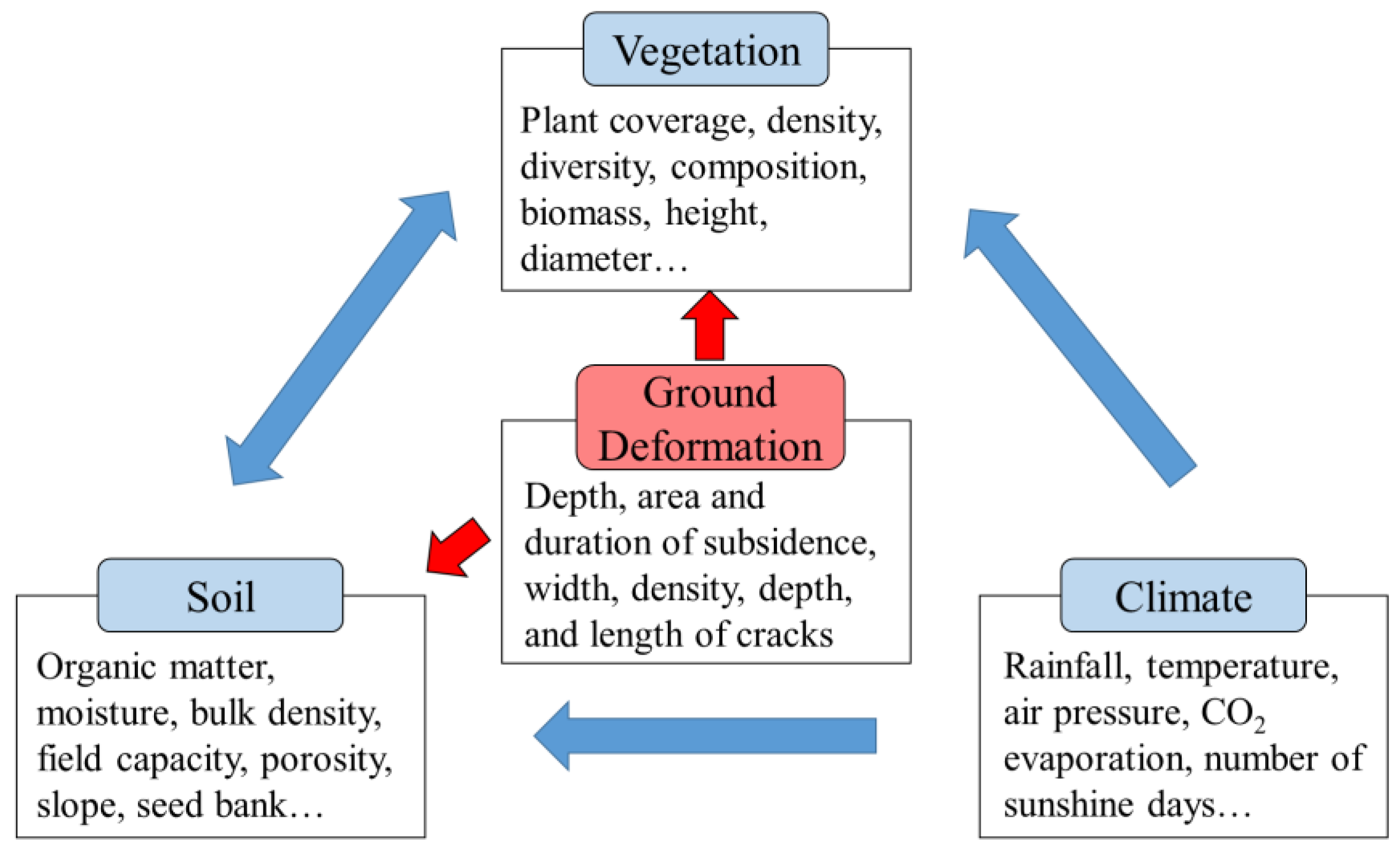
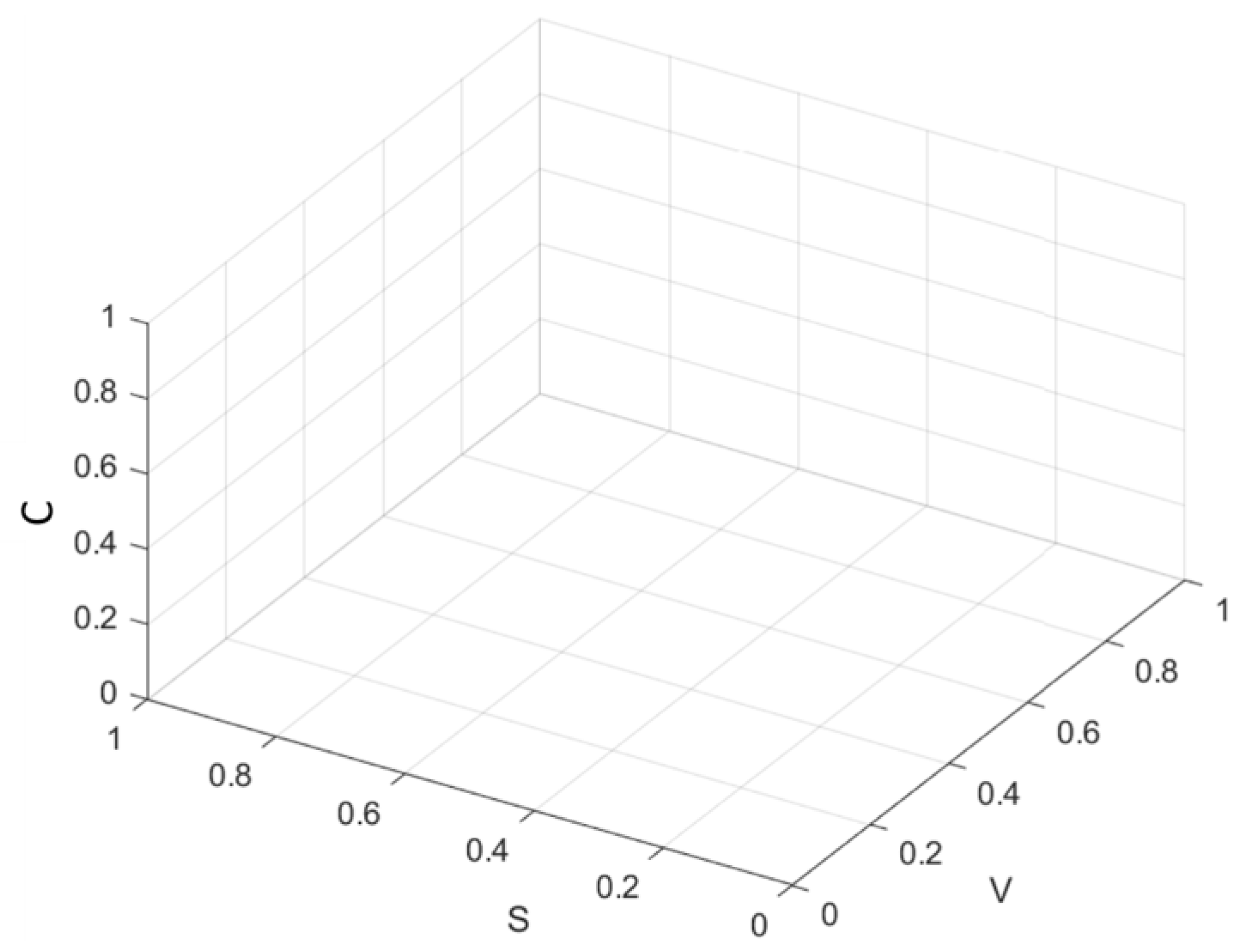
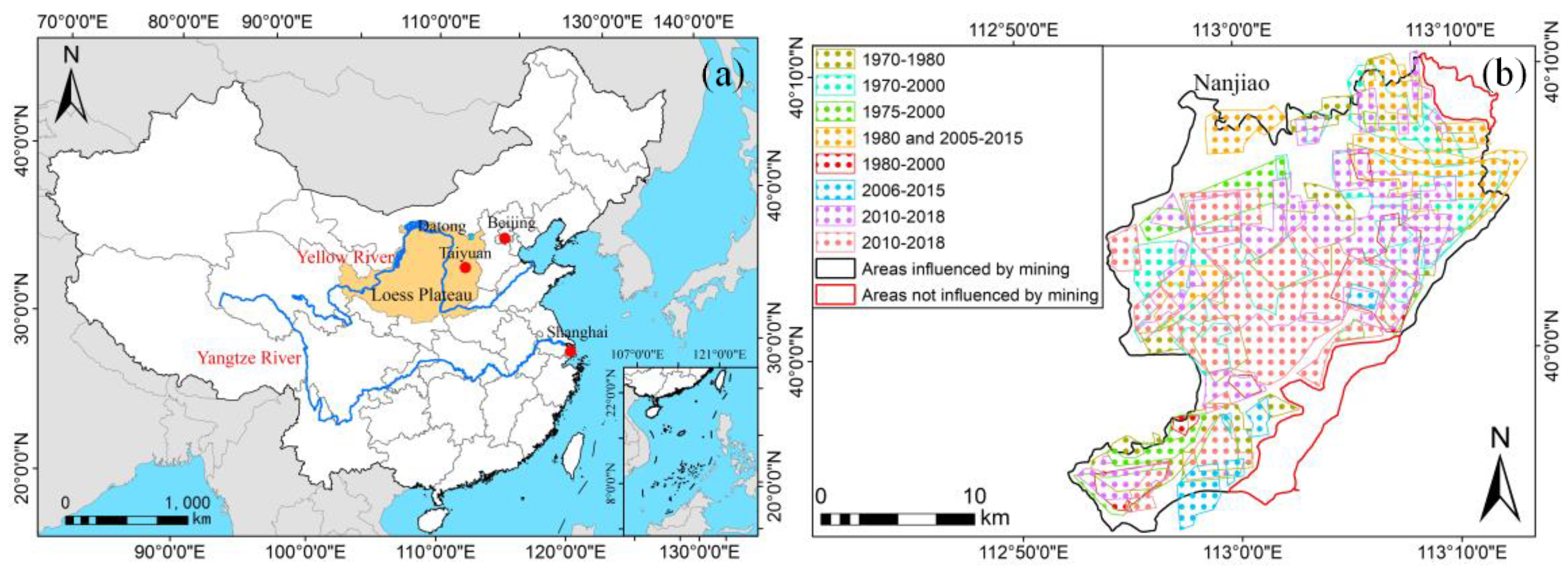
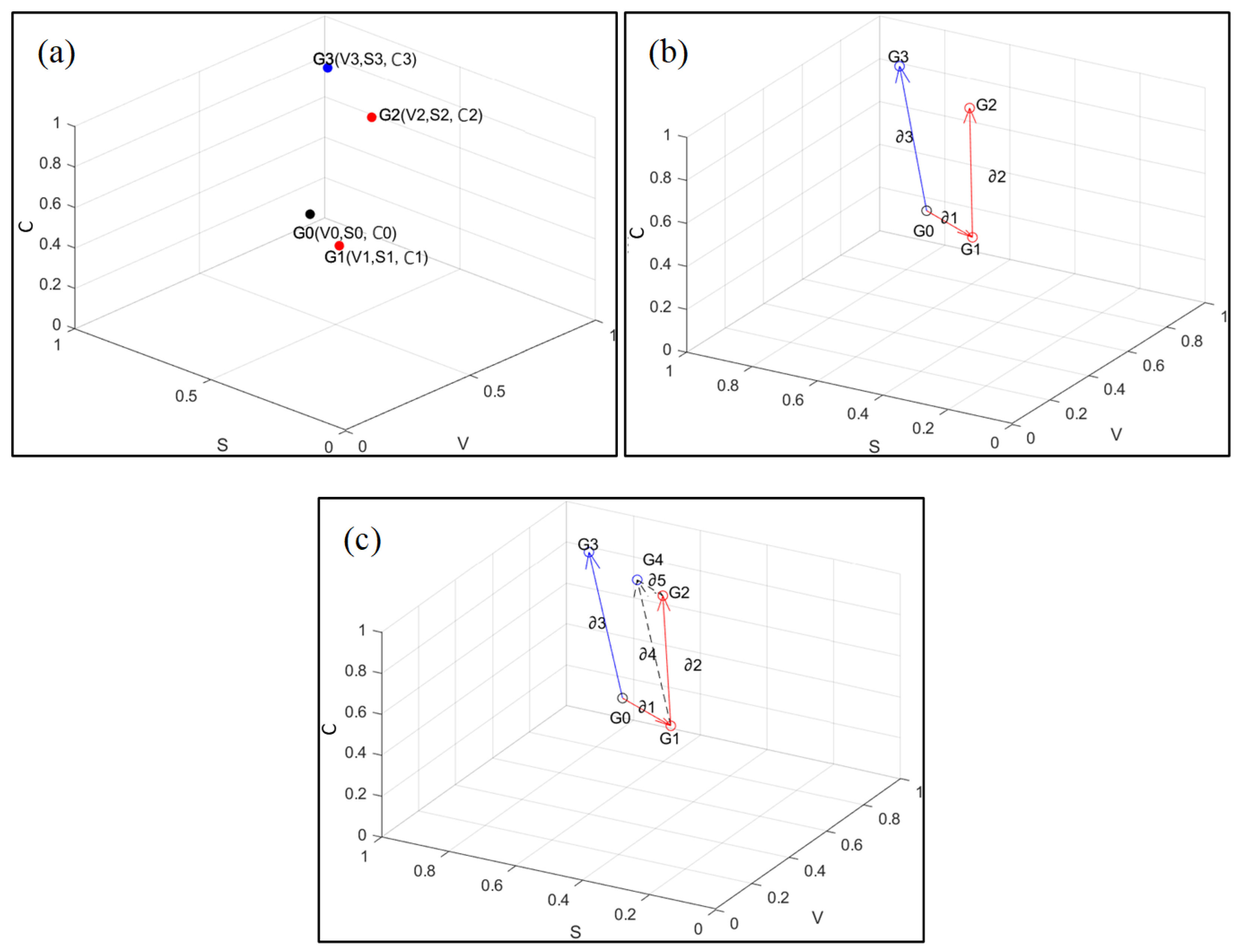


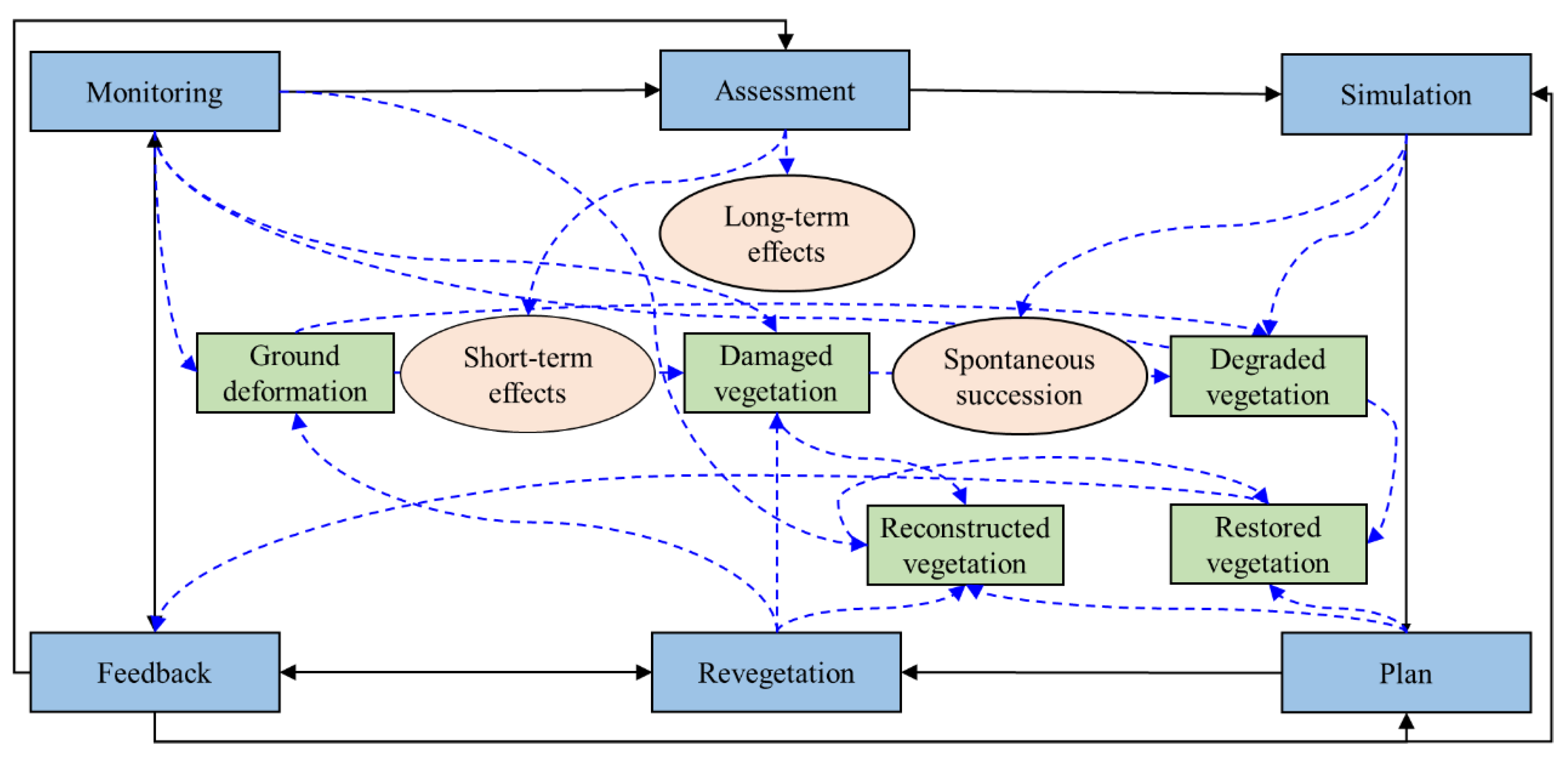
| Indicators (Average Values) | 1987 | 2017 | ||
|---|---|---|---|---|
| Subsidence Area | Reference Area | Subsidence Area | Reference Area | |
| ANDVIave | 0.20 | 0.17 | 0.40 | 0.36 |
| ANDVImax | 0.48 | 0.46 | 0.74 | 0.72 |
| ANDVImin | 0.03 | 0.03 | 0.12 | 0.10 |
| SOM (g/kg) | 8.76 | 14.55 | 13.89 | 16.98 |
| SMC (%) | 6.53 | 9.69 | 7.91 | 10.06 |
| BD (g/cm3) | 1.07 | 1.25 | 1.15 | 1.34 |
| FC (%) | 24.33 | 31.85 | 29.93 | 34.15 |
| Precipitation (mm) | 366 | 396.4 | ||
Disclaimer/Publisher’s Note: The statements, opinions and data contained in all publications are solely those of the individual author(s) and contributor(s) and not of MDPI and/or the editor(s). MDPI and/or the editor(s) disclaim responsibility for any injury to people or property resulting from any ideas, methods, instructions or products referred to in the content. |
© 2023 by the authors. Licensee MDPI, Basel, Switzerland. This article is an open access article distributed under the terms and conditions of the Creative Commons Attribution (CC BY) license (https://creativecommons.org/licenses/by/4.0/).
Share and Cite
Mi, J.; Hou, H.; Jin, Z.; Yang, X.; Hua, Y. Long-Term Impact of Ground Deformation on Vegetation in an Underground Mining Area: Its Mechanism and Suggestions for Revegetation. Land 2023, 12, 1231. https://doi.org/10.3390/land12061231
Mi J, Hou H, Jin Z, Yang X, Hua Y. Long-Term Impact of Ground Deformation on Vegetation in an Underground Mining Area: Its Mechanism and Suggestions for Revegetation. Land. 2023; 12(6):1231. https://doi.org/10.3390/land12061231
Chicago/Turabian StyleMi, Jiaxin, Huping Hou, Zhifeng Jin, Xiaoyan Yang, and Yifei Hua. 2023. "Long-Term Impact of Ground Deformation on Vegetation in an Underground Mining Area: Its Mechanism and Suggestions for Revegetation" Land 12, no. 6: 1231. https://doi.org/10.3390/land12061231
APA StyleMi, J., Hou, H., Jin, Z., Yang, X., & Hua, Y. (2023). Long-Term Impact of Ground Deformation on Vegetation in an Underground Mining Area: Its Mechanism and Suggestions for Revegetation. Land, 12(6), 1231. https://doi.org/10.3390/land12061231






